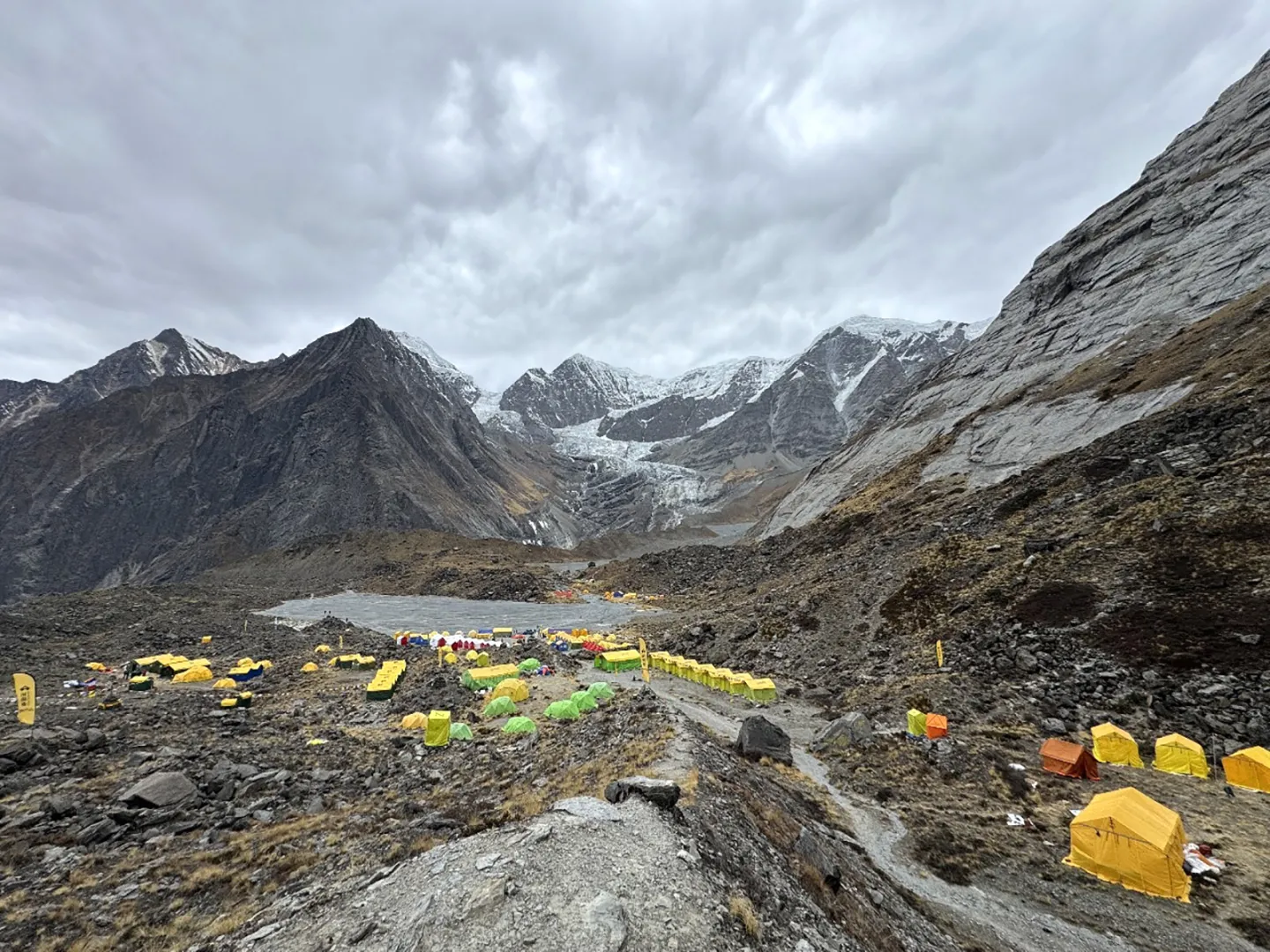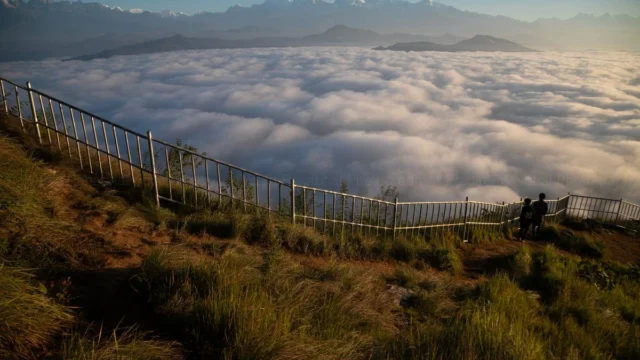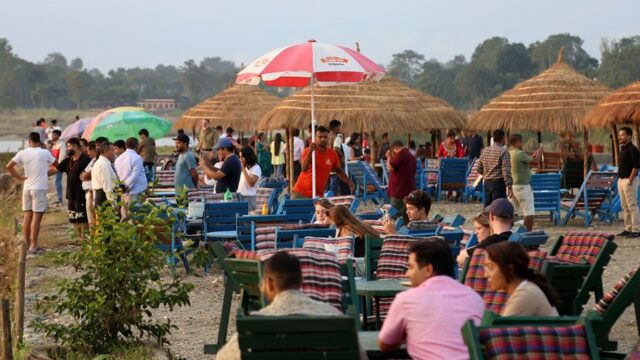The Maurice Herzog Trail in Myagdi district, which leads to the iconic Annapurna Base Camp, has recently undergone significant infrastructure expansion. The trail, named after French mountaineer Maurice Herzog, the first person to summit Annapurna I, has become more accessible and tourist-friendly thanks to a range of new facilities built under the leadership of Annapurna Rural Municipality.
Located at an elevation of 4,100 meters above sea level, the Annapurna Base Camp lies in Ward No. 4 of the Annapurna Rural Municipality. The municipality has allocated a budget of NPR 6 million to improve the trail and its surrounding amenities. These include the construction of shelters, public toilets, clean drinking water facilities, trail reinforcement, and even the establishment of an open-air museum at the base camp itself.
According to ward member Shyam Purja, these upgrades aim to boost both trekking convenience and the overall experience for visitors. One of the key highlights of the project is the new open museum at the base camp, which features copper plaques listing the names of more than 300 climbers who have successfully summited the 8,091-meter-high Annapurna I. The museum also includes statues of Maurice Herzog, his fellow French climber Louis Lachenal, and Nepal’s own Sona Walung Sherpa, honoring their pioneering efforts in mountaineering.
Trail Improvements from Humkhola to Sadikharka
The trail segment from Humkhola to Sadikharka has seen particular attention. Stones have been laid along the pathway to make trekking safer and more comfortable, especially during adverse weather conditions. Railings have been installed in steep and dangerous sections to prevent accidents. These measures not only ensure the safety of trekkers but also contribute to the preservation of the natural trail environment.
Shelters and public restrooms have been constructed in key locations such as Futfute Waterfall, Humkhola, Gufafant, and the base camp. At Futfute Waterfall, a rest shelter has been created along with toilet facilities and drinking water, allowing trekkers to pause and refresh. Similarly, Humkhola now has newly built toilets and water supply systems, while additional toilets have been constructed at Gufafant and the base camp.
Enhancing the Tourist Experience
According to Annapurna Rural Municipality Vice-Chairperson Diva Tilija Pun, the recent upgrades have made visits to the Annapurna Base Camp significantly easier and more enjoyable. Tourists can now embark on this journey with added safety and comfort, experiencing the region’s natural wonders along the way. From the pristine blue waters of Panchakunda Lake nestled at the foot of Annapurna to the awe-inspiring vistas of the snow-capped Himalayas, the route offers an enriching and immersive experience.
Trekkers can reach Humkhola from Narchyang by a two-hour jeep ride and then trek for two days to the base camp, returning on the third day. The relative ease of the journey compared to other high-altitude treks has made the Annapurna Base Camp increasingly popular among domestic and international tourists.
Adding to the allure are the quiet and serene surroundings, lush forests, diverse wildlife, waterfalls, cliffs, and the unique topography that trekkers encounter along the way. These features make the Maurice Herzog Trail not just a path to a destination but an experience filled with adventure, natural beauty, and cultural significance.
A Trail with Historical Significance
The Maurice Herzog Trail follows the same route used by Maurice Herzog during his historic 1950 ascent of Annapurna I. Though it remained unrecognized for decades, the trail was officially identified in 2010 (2067 B.S.) by local leader Tej Gurung of Narchyang. Recognizing its historical and tourism potential, the Annapurna Rural Municipality officially named and began operating the trail as the Maurice Herzog Route in 2020 (2077 B.S.).
This revitalized trail combines heritage with modern facilities, giving trekkers the chance to walk in the footsteps of legendary climbers while enjoying the comforts of improved infrastructure. It also contributes significantly to the local economy by attracting more visitors, creating jobs, and encouraging sustainable tourism.
Environmental and Cultural Importance
The trail is more than just a gateway to the Himalayas, it is a haven for nature lovers and cultural explorers alike. Trekking through the dense forests, trekkers can observe rare flora and fauna, including birds and wildlife unique to the region. The tranquil environment and untouched wilderness provide a meditative atmosphere for those seeking peace and solitude.
Meanwhile, the cultural landmarks such as statues of famous climbers, the open museum, and local tea houses offer insight into the mountaineering history and lifestyle of the region’s communities. This blend of nature, adventure, history, and hospitality is what makes the Maurice Herzog Trail a model for balanced tourism development.
Looking Ahead
With this latest phase of infrastructure expansion, the Maurice Herzog Trail is poised to become one of the most attractive short treks in Nepal. Its blend of natural beauty, historical significance, and enhanced facilities promises a rewarding journey for trekkers and a promising future for local tourism.
The Annapurna Rural Municipality’s investment reflects a strong commitment to sustainable tourism development, local empowerment, and cultural preservation. As more trekkers take to this improved trail, the region is expected to see a positive boost in both economic activity and global recognition.






